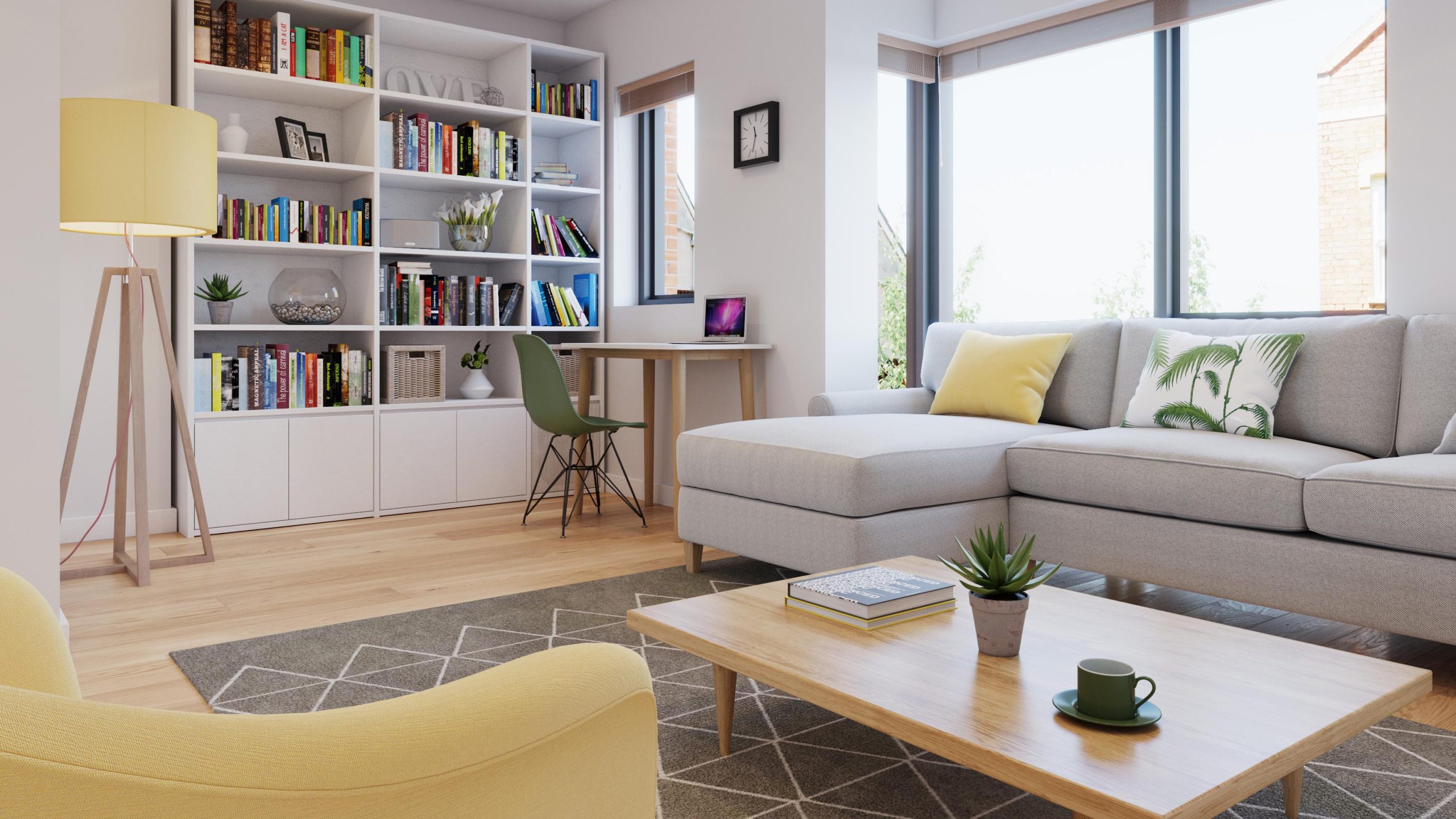History has seen architectural visualisation evolve from being merely a tool for construction to an artform in itself. Where ancient Egyptians scribbled technical plans on papyrus, today’s architects and architectural visualisers craft using advanced computers and software.
We are on the cusp of another revolution in architectural visualisation, driven by mixed reality technologies like augmented reality and virtual reality, and increasingly more powerful software. The next few years will see exciting new changes in architectural visualisation as the field evolves alongside these comparatively new technologies.
In this guide, we’re going to explore the myriad of possibilities that the future has in store for the industry.
Faster and Cheaper
The use of architectural visualisation used to be limited to large property development firms and design studios, largely because of high prices and need for powerful hardware. Today, we’re seeing the service become more economical. Cutting-edge software and advanced computers are cutting down production time from weeks to days, even hours. Pre-existing libraries make it possible even for bootstrapped designers to create impressive 3D models.
In the future we can expect this trend to continue, with highly polished CGI and 3D models becoming ubiquitous instead of an impressive nice-to-have. With architectural visualisation becoming more accessible, the quality of images will surge as architects and designers compete on more than just polish alone.
Real Time Collaboration in Augmented Reality
Augmented reality used to be the stuff of the far future, until the video game industry made the tech exciting again and accessible to consumers with apps like Pokemon Go. Now the technology is spreading like wildfire across multiple industries.
In the architectural visualisation, AR promises to change the way architects work and communicate with clients. A few companies have already taken steps into this brave new world of mixed realities. The Wild, a collaboration software from a Portland-based development company, turns 3D models into holographic objects that you can freely explore, zoom and scale in real world and virtual environments. A collaborative feature shares changes made to the hologram across all team members.
The potential use of the technology for architecture is vast. Using these holographic models architects can expedite the design process. No more going back and forth for approvals. Architects can simply make changes based on suggestions in real-time. These changes can either be accepted or refused without taking hours to remake a model.
Presentations made more Immersive
Mixed reality will make boring, slide-based presentations a thing of the past. Architects may be looking at a future where they present using Jarvis-esque holograms. Clients can manipulate models using gesture-based controls, zooming in for details or out for a 20,000 foot view.
Interactive presentations will also help secure funding. Architects can give clients a greater, deeper understanding of the cost of materials and construction, instead of simply presenting sums on paper. Costs are directly connected to function and design. Clients make more informed decisions, and realistic expectations are set. Asking for increased budget is easier when investors see directly where the money is going.
The Gamification of Visualisation
Today’s clients are more passive observers rather than active participants. Even 360 panoramic tours offer only so much agency over an imagined space. Yet interactivity is a natural fit for the story-telling nature of architectural visualisation, and it’s only a matter of time before interaction becomes a sought after part of the service. “In less than 10 years, clients will expect this kind of interactive user experience to be delivered within architectural presentations as a matter of course,” predicted Autodesk Vice President Anthony Douglas in 2015. Arguably we’re already beginning to witness the foundations of this being laid with AR technology becoming ubiquitous and integrated into mobile phones and huge leaps in VR tech in video gaming (Sony’s PlayStation 5, due for release in 2020, could well see more advances in this space).
In fact, architects are already tapping into popular game engines like Unity and Unreal to create fully interactive spaces in virtual reality. Instead of simply panning through a landscape, clients will be able to turn lights on or off, toggle between night or day, or change textures at will.
Property Tours and new Dimensions of Realism
Walking clients through a property has long been an effective way to establish an emotional connection with prospective buyers. With virtual tours, marketers can forge the link long before the property is finished, driving off-plan sales.
Virtual tours also increase the reach of marketers. Property developers can simultaneously welcome any number of people into a space, moving clients down the sales pipeline faster than physical tours. Buyers can take tours from anywhere in the world. Promising development in the field of haptics may also allow clients in the future to feel materials through touch, an underutilised sense for a service that creates using multiple textures.
Remote Work for Architects
AR/VR technology will allow architects to expand their client base from local to worldwide. With augmented reality and smart glasses, presentations need not be in person. Even feedback sessions can be carried out through teleconferencing, enabled by real-time collaboration tools.
Architects and property development firms can also build impressive and immersive portfolios using AR/VR technology. Instead of relying on sketches architects can take prospective clients through tours of old projects–the equivalent of touring new clients through an old client’s home.
Some of the scenarios described above, such as haptic technology, may be a ways away. Yet most, like AR holograms and interactive VR tours, already lie ready for architects to tap into. The future is here, and the next few years will only continue to be an exciting and defining period for architectural visualisation.



